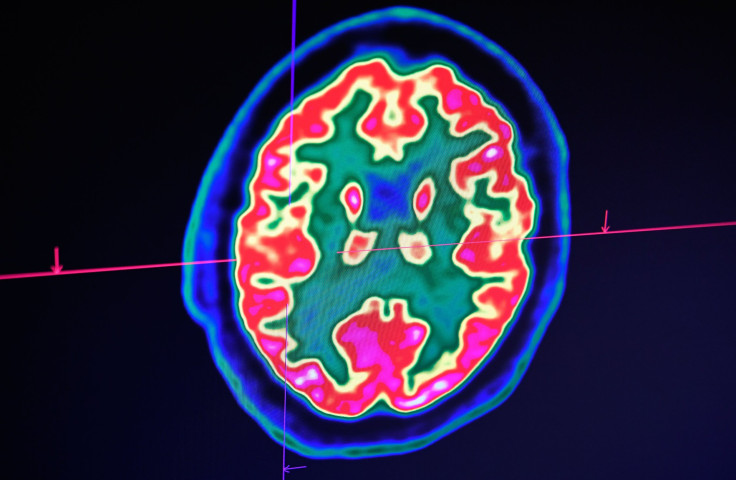Brain Tumor Symptoms: Headache Which Feels Like This Early In The Morning Could Be A Warning Sign

KEY POINTS
- >700,000 Americans diagnosed with brain tumor every year
- There are over 120 types of primary brain and CNS tumors
- Severe headache early morning could be a warning sign
More than 700,000 Americans are diagnosed with a brain tumor and there are over 120 types of primary brain and CNS tumors, says the American Brain Tumor Association. How quickly a brain tumor grows can vary from a person to another. And the treatment options depend on the type, size, and location of a person’s tumor. It is important to be aware of the signs and symptoms so as to get diagnosed and treated at the earliest.
A warning sign of a brain tumor to watch out for: Severe headache early in the morning
Waking up very often with a severe headache can be a sign of a brain tumor. However, be informed that a hangover or other health conditions including obstructive sleep apnea or high blood pressure can also cause severe morning headaches.
Other symptoms of a brain tumor include nausea, vomiting, balancing difficulties, confusion, personality or behavior changes, seizures, drowsiness, memory problems, difficulty performing daily activities, vision problems, hearing problems and new-onset or change in headache patterns.
Brain tumor symptoms can be specific or general. While a general symptom can be due to the pressure of the tumor on the brain or spinal cors, specific symptoms could be due to impairment of certain parts of the brain caused by the tumor. For most individuals with brain tumors, the diagnosis gets done when they visit a doctor complaining of certain symptoms including a headache or other problems.
The American Society of Clinical Oncology urges everyone experiencing any such symptoms to discuss it with their doctors and get a diagnosis at the earliest. If you get a brain tumor diagnosis, relieving symptoms become an important part of your treatment including palliative care or supportive care.
Brain tumors are more common among children than in older adults. However, anyone can develop a brain tumor in their lifetime. Risk factors include exposure to certain products such as pesticides, rubber, vinyl chloride, hereditary genetic factors, and exposure to electromagnetic fields, north European ethnicity, and to x-rays, ionizing radiation, infections, viruses, and allergens. Serious head injuries, head traumas and a history of seizures also increase one’s likelihood of developing a brain tumor.
© Copyright IBTimes 2025. All rights reserved.






















